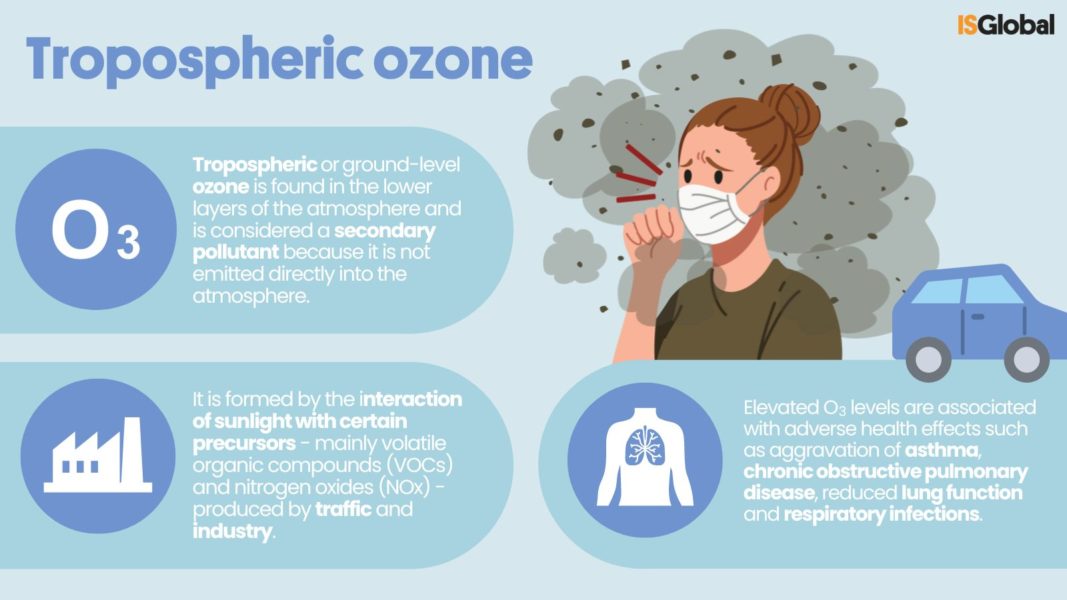The Barcelona Institute for Global Health (ISGlobal) has led a study on air quality in more than 1,400 regions in 35 European countries. The aim of the study was to determine the number of days per year on which each region exceeds the air pollution values considered dangerous for health, according to the World Health Organisation (WHO). Daily concentrations of suspended particulate matter (PM2.5 and PM10) and the pollutant gases nitrogen dioxide (NO2) and ozone (O3) were measured between 2003 and 2019.
The results show a decrease in suspended particulate matter and NO2 levels, but an increase in ozone. Between 2003 and 2019, 86.3% of the European population experienced at least one ‘compound unclean air day‘, i.e. a day when the safe threshold for two or more air pollutants is exceeded at the same time. During the summer period, 98% of the population exceeded the recommended pollution thresholds for PM2.5, 86% for NO2 and 80% for PM10.

The most common pollutants are PM2.5 and ozone, and ozone pollution is increasing, partly due to climate change. Ozone is the most difficult pollutant to control because it is formed secondarily when some compounds interact with sunlight. “Addressing climate change, which influences ozone formation through increased sunlight and rising temperatures, is crucial for long-term ozone management and protection of public health,” says Joan Ballester Claramunt, ISGlobal researcher and one of the authors of the study.
Source: ISGlobal.
Chen, Z.Y., Petetin, H., Turrubiates, R.F.M., Achebak, H., García-Pando, C.P. and Ballester, J., 2024. Population exposure to multiple air pollutants and its compound episodes in Europe, Nature Communications. Doi: 10.1038/s41467-024-46103-3







